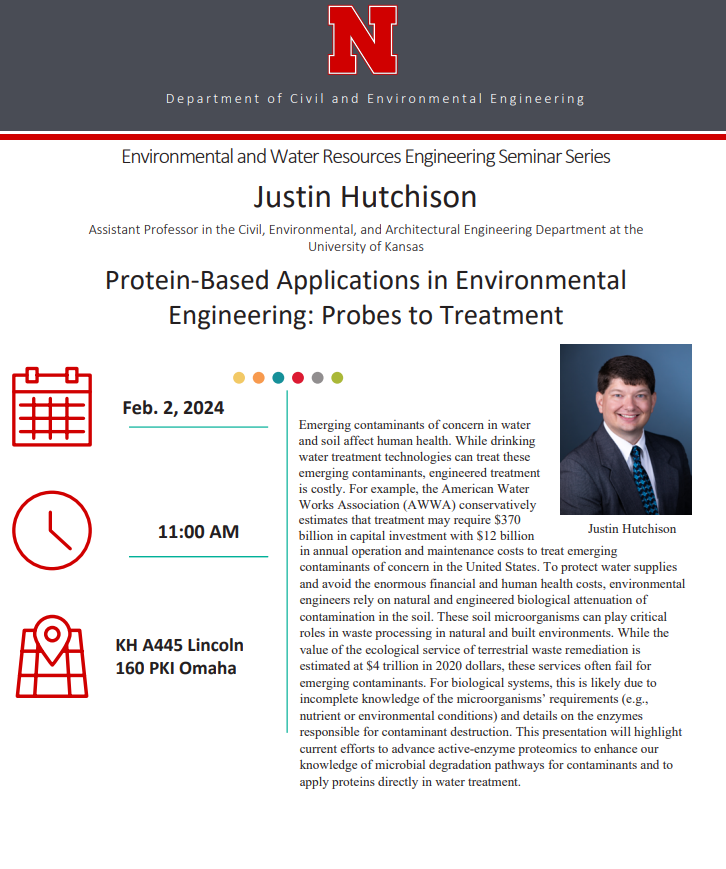
Emerging contaminants of concern in water and soil affect human health. While drinking water treatment technologies can treat these emerging contaminants, engineered treatment is costly. For example, the American Water Works Association (AWWA) conservatively estimates that treatment may require $370 billion in capital investment with $12 billion in annual operation and maintenance costs to treat emerging contaminants of concern in the United States. To protect water supplies and avoid the enormous financial and human health costs, environmental engineers rely on natural and engineered biological attenuation of
contamination in the soil. These soil microorganisms can play critical roles in waste processing in natural and built environments. While the value of the ecological service of terrestrial waste remediation is estimated at $4 trillion in 2020 dollars, these services often fail for emerging contaminants. For biological systems, this is likely due to incomplete knowledge of the microorganisms’ requirements (e.g., nutrient or environmental conditions) and details on the enzymes responsible for contaminant destruction. This presentation will highlight
current efforts to advance active-enzyme proteomics to enhance our knowledge of microbial degradation pathways for contaminants and to apply proteins directly in water treatment.